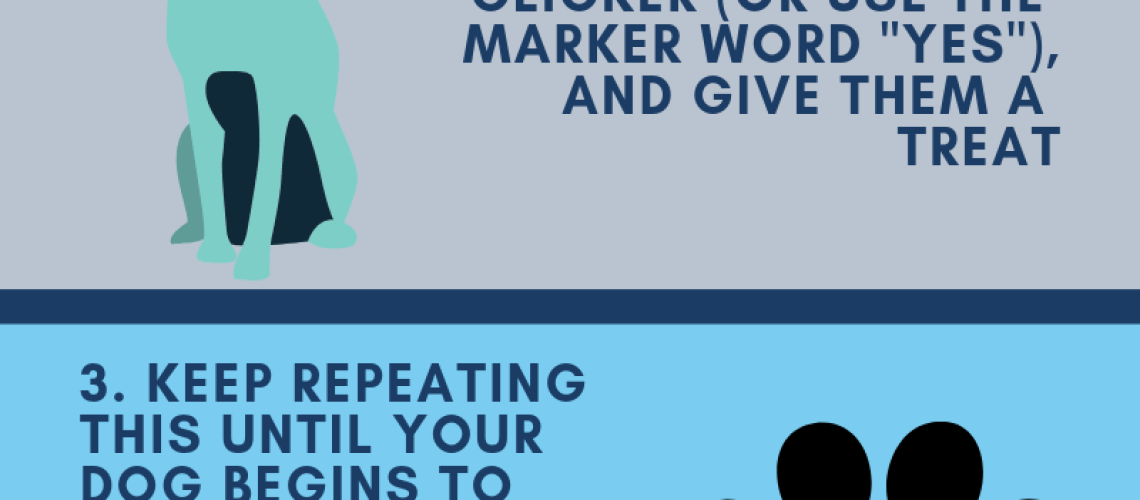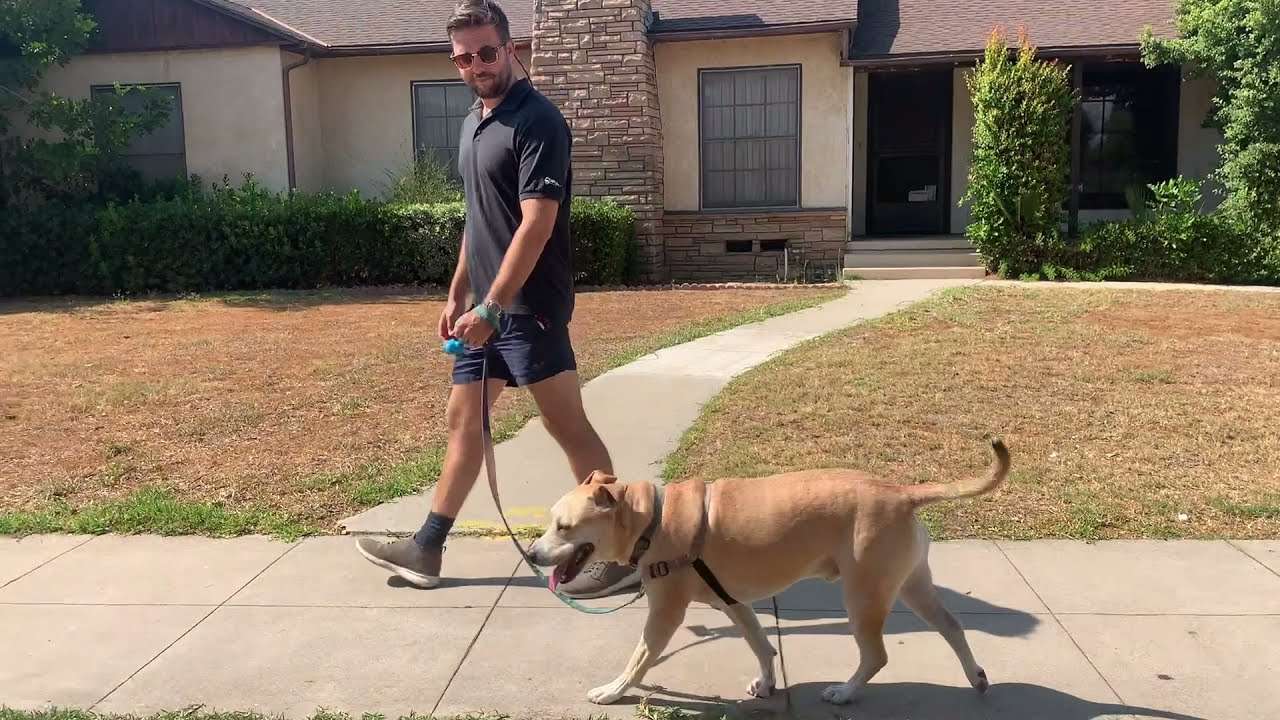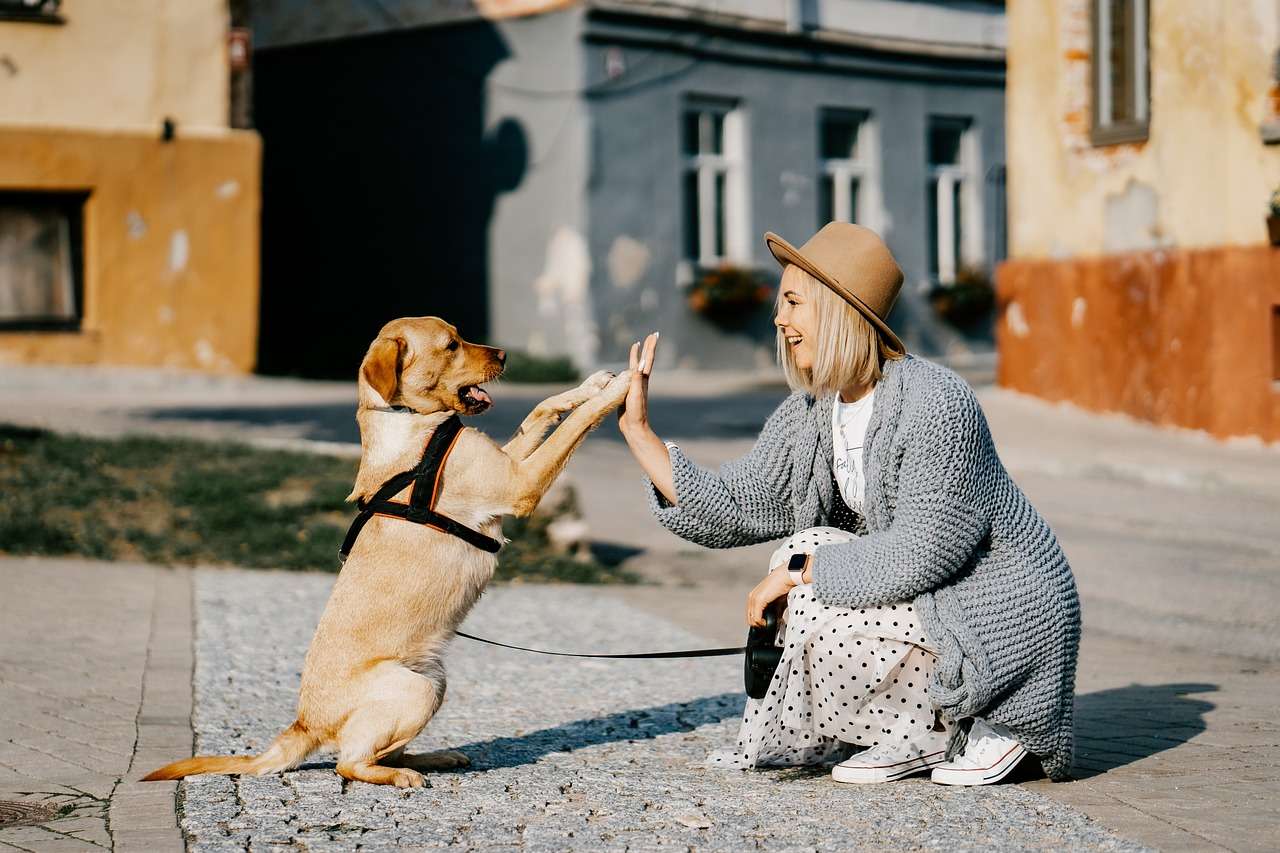Key Takeaways:
- Consistency is key: Training your dog to sit on command requires consistent practice and reinforcement. Make sure to use the same command word and hand signal every time you want your dog to sit.
- Positive reinforcement: Use treats, praise, and rewards to encourage your dog to sit when given the command. This will help them associate sitting with positive experiences and increase their motivation to obey.
- Start with short sessions: Begin training in a quiet and distraction-free environment, gradually increasing the difficulty level as your dog becomes more proficient at sitting on command.
- Use a leash or lead: In the beginning stages of training, it can be helpful to use a leash or lead to gently guide your dog into a sitting position. This physical guidance can aid in teaching them what is expected of them.
- Patience and persistence: Training takes time, so be patient with your dog's progress. Consistently practice the commands and reinforce good behavior, even if it takes some time for your dog to fully grasp the concept of sitting on command.
Are you tired of your furry friend ignoring your commands? Do you dream of having a well-behaved dog that listens to you every time? Well, look no further! In this article, we will uncover the secrets to training your dog to sit on command. Not only will this skill impress your friends and family, but it will also create a stronger bond between you and your canine companion. Did you know that dogs who can sit on command are more likely to be well-behaved in other areas too? That's right! By mastering this fundamental command, you'll be setting the foundation for a disciplined and obedient pup. So, whether you're a seasoned dog owner or a first-time pet parent, get ready to discover the keys to unlocking your dog's potential. Get ready to take control and teach your furry friend how to sit on command like a pro!
Training Your Dog to Sit: Step-by-Step Guide
Step 1: Get your dog's attention
To begin training your dog to sit, you'll need to get their attention. You can do this by calling their name or using a clicker if they are familiar with it. Make sure you have their favorite treats handy as well.
Step 2: Show them the treat
Hold the treat in your hand and let your dog see it. This will help motivate them to follow your instructions. Make sure you hold the treat close enough for them to smell it but not close enough for them to snatch it from your hand.
Step 3: Raise the treat above their head
Gently raise the treat above your dog's head, moving it slowly towards their back. As you do this, say the word "sit" in a clear and firm voice. This will help associate the action of sitting with the verbal command.
Step 4: Reward and praise
As soon as your dog sits down, give them lots of praise and immediately give them the treat. It's important to reward them right away so they understand that sitting is what earned them the treat.
Tips:
- Be patient and consistent with your training sessions. Dogs learn through repetition, so practice regularly.
- If your dog doesn't sit right away, gently guide their bottom down while repeating the command "sit."
- Avoid using force or punishment during training. Positive reinforcement works best for teaching dogs new behaviors.
- Once your dog has mastered sitting on command, you can gradually phase out the use of treats and rely more on verbal praise as a reward.
By following these steps and being consistent with your training, your dog will soon learn to sit on command. Remember to keep the training sessions short and fun, and always end on a positive note.
Using Treats to Teach Your Dog to Sit: A Tasty Training Method
The Power of Positive Reinforcement
Using treats as a training tool can be highly effective when teaching your dog to sit. Dogs are motivated by food, and by rewarding them with a tasty treat every time they successfully perform the desired behavior, you are reinforcing their understanding of what you want them to do. This method, known as positive reinforcement, creates a positive association in your dog's mind between sitting and receiving a reward.
Choosing the Right Treats
When using treats for training, it's important to select ones that your dog finds particularly enticing. Soft and chewy treats are often preferred by dogs because they are easy to eat quickly. Additionally, smaller treats are ideal as they can be consumed swiftly without interrupting the flow of training. Consider using treats specifically designed for training purposes, as they tend to be small and flavorful.
Pro Tip:
To make the treat even more appealing, try breaking it into smaller pieces or using high-value treats such as small bits of cooked chicken or cheese. Remember that the goal is not to overfeed your dog but rather to provide small rewards that keep them engaged and motivated during the training process.
The Importance of a Quiet and Distraction-Free Environment for Teaching Your Dog to Sit
Create an Optimal Learning Environment
When teaching your dog to sit, it is crucial to choose a quiet and distraction-free environment. Dogs have limited attention spans, especially when they are learning something new. By eliminating potential distractions such as loud noises or other animals, you can ensure that your dog remains focused on the task at hand.
Find a Comfortable Space
Selecting a comfortable space for both you and your dog is equally important. Look for an area with enough room for your dog to move around freely without feeling confined. This will help them feel at ease and more receptive to learning.
Pro Tip:
Consider using a designated training area in your home or a quiet corner of your backyard. By consistently practicing in the same location, your dog will begin to associate that space with learning and be more likely to respond positively to training cues.
The Correct Hand Signal for Teaching Your Dog to Sit: A Visual Cue
The Power of Non-Verbal Communication
In addition to verbal commands, dogs also respond well to visual cues. When teaching your dog to sit, incorporating a hand signal can enhance their understanding of the desired behavior. The most commonly used hand signal for "sit" is raising your hand with an open palm facing upwards.
Step-by-Step Guide
To teach your dog the hand signal for sitting, follow these steps:
1. Hold a treat in one hand and show it to your dog.
2. Slowly raise your other hand with an open palm facing upwards.
3. As you raise your hand, say the verbal command "sit."
4. Once your dog sits down, immediately reward them with the treat and praise.
Pro Tip:
Consistency is key when using hand signals. Always use the same gesture each time you want your dog to sit, and reinforce it with verbal commands until they have fully grasped the association between the visual cue and the desired behavior.
(Note: Diagrams cannot be created using markdown mermaid syntax as it does not support image insertion.)
Reinforcing the "Sit" Behavior: Positive Reinforcement Techniques for Success
Praise and Rewards
Positive reinforcement is essential when reinforcing the "sit" behavior in dogs. Whenever your dog successfully sits on command, immediately praise them with a cheerful tone of voice and give them a treat. This positive feedback reinforces their understanding that sitting is the desired behavior.
Gradual Progression
As your dog becomes more proficient at sitting, gradually reduce the frequency of treats while increasing verbal praise. This helps transition from treat-based rewards to verbal reinforcement, ensuring that your dog continues to respond positively even without a physical reward.
Pro Tip:
Remember to vary the rewards occasionally to keep your dog engaged and motivated. Use a mix of treats, verbal praise, and even playtime as rewards for sitting. This variety will prevent your dog from becoming solely dependent on food rewards and encourage them to respond consistently in different situations.
Avoid These Common Mistakes When Teaching Your Dog to Sit on Command
Inconsistency in Training
One common mistake when teaching dogs to sit is inconsistency in training methods. It's important to establish clear expectations and use consistent cues and gestures throughout the training process. Inconsistency can confuse your dog and make it harder for them to understand what you want from them.
Skipping Basic Steps
Another mistake is skipping basic steps in the training process. It's essential to start with simple exercises before progressing to more challenging ones. Skipping foundational steps can lead to frustration for both you and your dog.
Pro Tip:
Take time to understand your dog's individual learning pace and adjust the training accordingly. Patience is key when teaching new behaviors, so be sure not to rush through the process or become discouraged if progress seems slow at times.
How Long Does It Take for a Dog to Learn and Follow the "Sit" Command Consistently?
Variability in Learning Speed
The time it takes for a dog to learn and consistently follow the "sit" command can vary depending on several factors. Each dog is unique, and their learning speed may be influenced by their breed, age, temperament, and previous training experiences.
Consistency and Practice
With consistent training and regular practice sessions, most dogs can learn to sit on command within a few weeks. However, it's important to remember that every dog learns at their own pace. Some may pick up the behavior quickly, while others may require more time and repetition.
Pro Tip:
Be patient and persistent in your training efforts. Celebrate small victories along the way and continue reinforcing the "sit" command even after your dog has learned it. Consistent practice will help solidify the behavior in your dog's mind and ensure they respond reliably in various situations.
In conclusion, training your dog to sit on command can be a fun and rewarding experience. By using positive reinforcement and consistent practice, you can teach your furry friend this basic command and strengthen the bond between you and your dog.
Why won t my dog sit on command?
Some dogs may show resistance or delay in sitting because it causes them pain. The discomfort could be caused by the act of sitting itself or the pressure applied when sitting. Possible reasons for their pain include injuries, obesity, arthritis, or other medical issues. If your dog is experiencing pain or has an injury, it is advisable not to command them to sit.
How long does it take for a dog to learn the sit command?
The length of time it takes for a dog to learn the "sit" command varies based on factors such as breed, age, and individual personality. Typically, most puppies can learn the "sit" command within a week if they are consistently trained.
What is the 1 2 3 dog training method?
1-2-3 treat walking is a pattern game developed by Leslie McDevitt that can be played on a mobile device without any additional equipment. In the game, you count out loud, saying "one, two, three," and give your dog a treat on the third count. Then, you take three steps while continuing to count out loud and give another treat on the third count.
Is it bad to force dog to sit?
It is important to never forcefully make your dog or puppy sit. Avoid using the leash to pull or jerk the dog into a sitting position or physically pushing their bottom down.
Why does my dog ignore commands he knows?
There are many reasons for this, including factors such as the dog being in a particular age-related phase, not receiving sufficient training, experiencing fear, or simply being distracted. If a dog owner is frustrated, the first step they should take is to try and understand the reason why their dog is not responding to commands, as the solution will vary depending on the specific reason.
What to do if your dog refuses a command?
Begin by ensuring that your dog can obey a command without any distractions. Then, practice the command with people present who are talking, eating, and interacting with each other. Next, practice the command in the yard, starting with minimal distractions and gradually increasing to more challenging distractions.

















